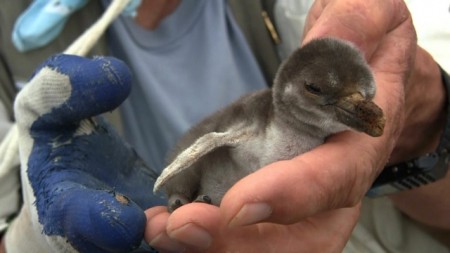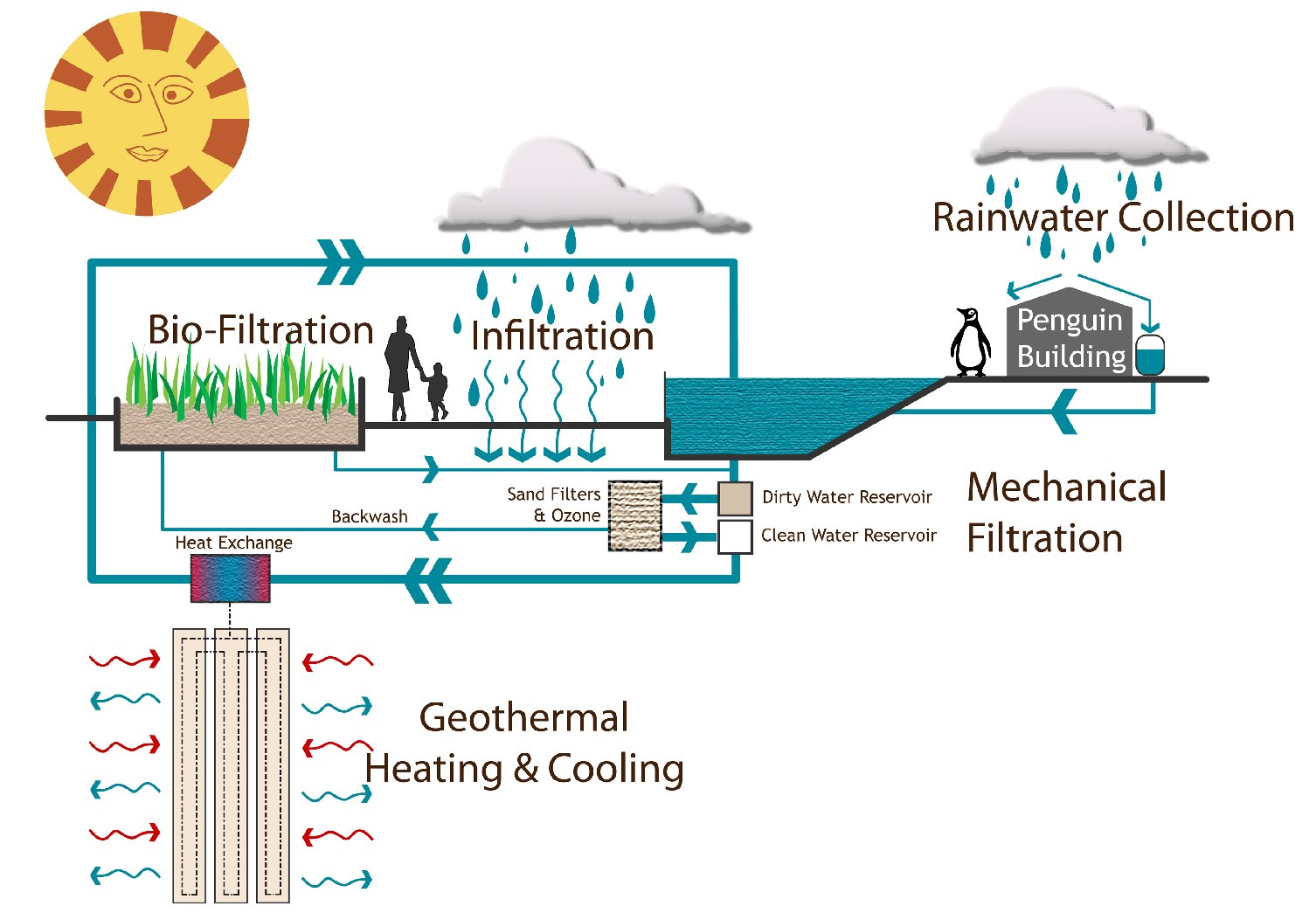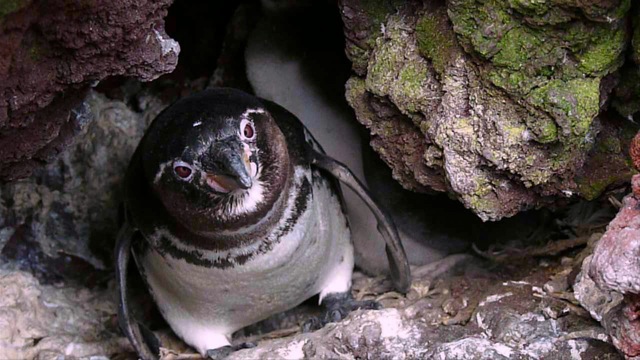"Penguin Sentinels" was produced by QUEST Northwest's Jo Ardinger.
Say “penguin” and the images that come to mind are of frost-covered penguin couples struggling to raise their chicks in sub-zero temperatures.
In fact, these aquatic flightless birds thrive in temperate -- even equatorial -- climates as well. For these temperate penguin communities, it isn’t the extreme cold of the Antarctic but the extreme sun and El Niño events that most affect their ability to survive and reproduce.
Biologist Dee Boersma has spent much of her career working with temperate penguins. This video features Boersma’s work with Galapagos penguins, which inhabit the legendary islands of the same name that lie some 600 miles off the Ecuadorian coast.
Galapagos penguins represent only one of the four temperate penguin species that Boersma studies. Her research also takes her to Argentina where she studies Magellanic penguins, South Africa to study African penguins, and Peru to study Humboldts.

Native to the west coast of South America, this species is named for the cold Humboldt Current that ensures the upwellingof nutrients from the ocean floor along the Peruvian and Chilean coast.

